Throughout history the peoples of Asia have been known for their mobility and interactions. The notion of territorially defined nations is historically recent. There was a continuing dialogue between Asian cultures which functioned at both the spatial and the temporal level. Propelled buy the movement of the great religious of Asia across continents via trading communities, clergies, Buddhist and Sufi scholars and communities of artisans. The present volume explores the aesthetic theories underlying many genres of the Asian arts. The contributors identify the multi-layered discourse comprising the nature of monuments, as also the movement of motifs and symbols through sculptured and picturised representation. Some essays focus on fundamental notions such as Sunyata as common to the Indian, Korean and other Asian countries. Also, the papers bear testimony to the phenomena of dialogue and distinctiveness, continuity and change. This is evident in architectural structures, sculptural forms, particularly in iconography, and of course in the performing arts. The IIC-Asia Project in its second phase has, with purpose, traced the trajectory of transmission systems in Asian civilization in different domains and at different levels, be it the vertical transmission from generation to generation in education, or the artistic transmission and diffusion through the arts. It is hoped that this volume will add to the meager literature that exists on the subject and will stimulate further research and study.
Sacred Landscapes in Asia: Shared Traditions, Multiple Histories
In stock
Free & Quick Delivery Worldwide
reviews
Bibliographic information
Title
Sacred Landscapes in Asia: Shared Traditions, Multiple Histories
Author
Edition
1st ed.
Publisher
ISBN
9788173047268
Length
xii+396p., Tables; Figures; Notes; Bibliography; Index; 25cm.
Subjects


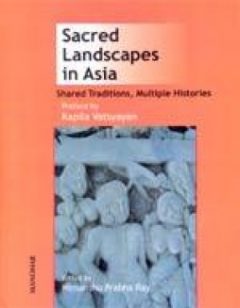
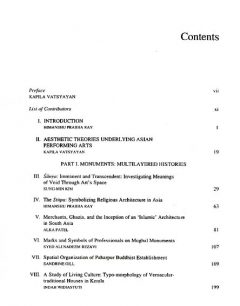
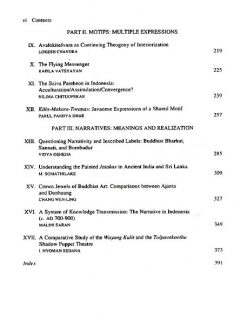
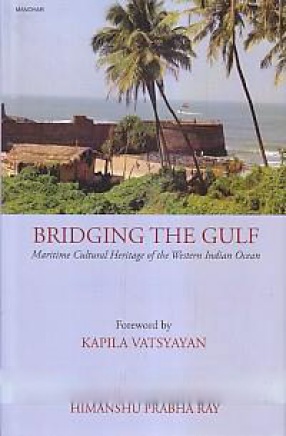
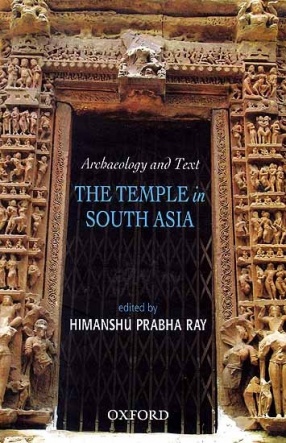

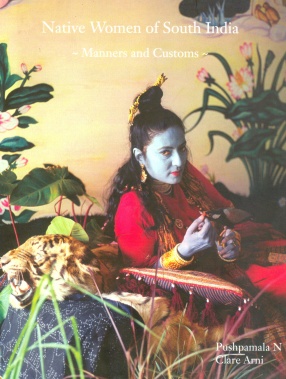
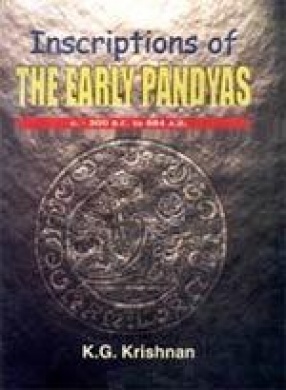
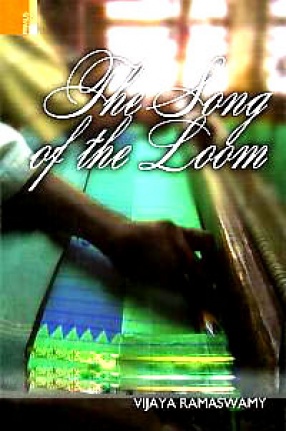
There are no reviews yet.